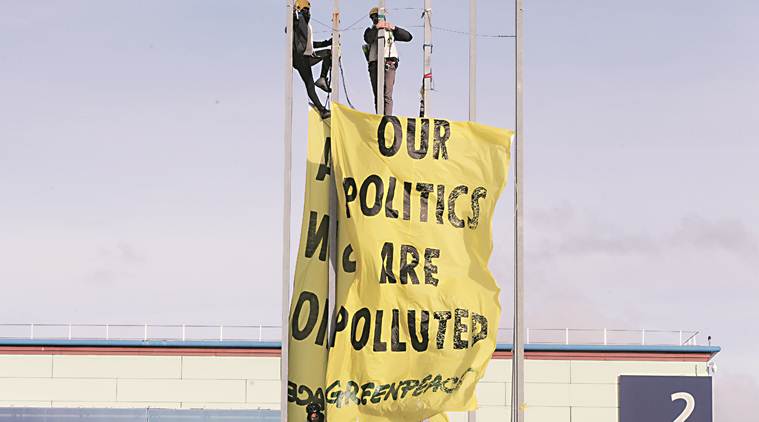 The World Bank official said their efforts to provide climate information tailored for sectors like agriculture, energy, health, water, urban and infrastructure is still a job half done. (Reuters file photo)
The World Bank official said their efforts to provide climate information tailored for sectors like agriculture, energy, health, water, urban and infrastructure is still a job half done. (Reuters file photo)
The World Bank is working closely with countries to help them strategise climate mitigation programmes, said Ana Bucher, senior climate change specialist at the World Bank.
Bucher was speaking on ‘Climate Information for Risk Screening’ organised as part of the sixth International Conference on Climate Services (ICCS) at the Indian Institute of Tropical Meteorology (IITM) in Pune.
“The World Bank engages with government offices at the highest level, like ministry of finance or planning, in every country. This is done so that governments are informed about the benefits of better planning and preparedness while dealing with climate matters. Countries need to understand that they have a mandate and responsibility of remaining prepared… with mitigation plans,” said Bucher, who added that the World Bank has set up a Climate Change Knowledge Portal, which connects with countries for effective climate mitigation.
The World Bank engages with individuals, NGOs, governments and also private players at the time of chalking out mitigation plans, and the task of bringing them all on a common page is not easy, said the expert.
“In order to work with stakeholders, we demonstrate with figures the economic costs incurred due to inaction of a stakeholder. We also project the benefits and development outcomes when there is better access to scientific information, leading to better planning and preparedness to climate hazards,” said Bucher.
The portal also collates and archives weather data from countries, besides providing access to data gathered from National Oceanic and Atmospheric Administration (NOAA), European Space Agency (ESA) and NASA, and making them available for the non-scientific community to use.
Under the various climate mitigation works undertaken with individual nations, Bucher said the focus remains on using historical data, climate projections and access to multiple weather models which are fed varied weather indices and variables.
However, the World Bank official said their efforts to provide climate information tailored for sectors like agriculture, energy, health, water, urban and infrastructure is still a job half done.
“These are the key sectors affected by climate. However, it remains a challenge to apply all the available climate information to each of the sectors suiting their needs,” she said.
Highlights